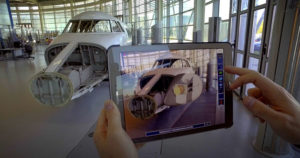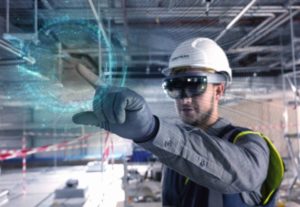Theorem Solutions on Starting Your AR, MR and VR Journey

The article then runs through the process a business would need to take in making decisions about where to start with the technology and how to progress through the journey.
To start with, it’s all about defining the most appropriate use cases around your existing business processes- and not trying to create problems to solve. It’s also about not fully buying in to the media hype that surrounds the technology, you need to make sure that your use cases are appropriate for today’s technologies. This will help align your business with the correct device and the correct ‘reality’.
Even if a suitable use case has been identified, you still need to get support from across your organisation. People need to be open to trying and using the different devices and types of reality, and thinking about how they could be used within various departments. It’s essential to get people on board in terms of buy-in. In engineering and manufacturing, many existing processes are so well established that even the slightest change to the status quo could cause resistance.
In the early stages it is best to be open minded and realistic as to what you want to achieve, and from a technology standpoint, be device agnostic. Today, nobody really knows which devices are best, or which will win out over time. New devices are appearing all the time and in 12 months’ time the next generation of devices will have hit the market.
So ultimately, the things you need to think about are:
- Don’t fully buy in to the media hype
- Be realistic as to what’s possible today-it will be different in 12 months’ time
- Define your use cases
- Don’t create problems to solve
- Get internal support
- Make sure you have infrastructure to support the devices
- Experiment with all devices – see which would suit your needs best. The type of device you choose will dictate the type of ‘reality’.
- Think short-term ROI as this market is new and evolving rapidly.
Although investing in new technologies like this can seem like a risk to begin with-especially if you’re not sure how they will fit in to your workplace-using AR, MR and VR in engineering and manufacturing workflows is gradually becoming more mainstream, and is changing the way people are working for the future- will you get left behind?








